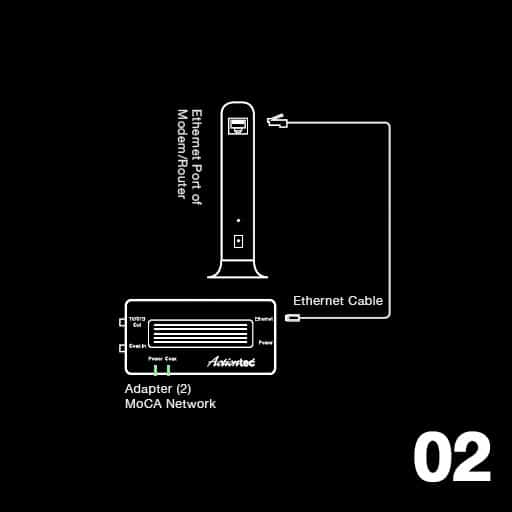
HomePNA 3.0 was developed by Broadcom (which had purchased Epigram) and Coppergate Communications and was approved by the ITU as Recommendation G.9954 in February 2005.

HomePNA 2.0 was developed by Epigram and was approved by the ITU as Recommendations G.9951, G.9952 and G.9953. HomePNA 1.0 technology was developed by Tut Systems in the 1990s. The HomePNA Alliance, tests implementations, and certifies products if they pass. HomePNA creates industry specifications which it then standardizes under the International Telecommunication Union (ITU) standards body. A standard phone line has enough room to support voice, high-speed DSL and a landline phone. HomePNA uses frequency-division multiplexing (FDM), which uses different frequencies for voice and data on the same wires without interfering with each other. The original protocols used balanced pair telephone wire. It was formerly the Home Phoneline Networking Alliance, also known as HPNA. The HomePNA Alliance is an incorporated non-profit industry association of companies that develops and standardizes technology for home networking over the existing coaxial cables and telephone wiring within homes, so new wires do not need to be installed. There are also active adapters designed for IP camera applications in mind for example Ethernet Extender and PoE injector all in one device and Coax to Ethernet Extenders Transmit Ethernet data over Coax. Dahua also makes converters for the same application. Those are designed to be used for 10 and 100 Mbps speeds only, and do not support any higher speed (like 1G). BNC Video Balun Only Fit POE Camera System. For passively adapting 10/100M Ethernet to single 75 ohm coaxial cable, there are product like Monoline Coax Balun – Male BNC to RJ45 jack 10BaseT – 75 Ohm – Each and IP Passive Extender Ethernet Over Coax 1-CH, IP Network to Coaxial Transmitter IP Network Converter Fit CCTV Camera UTP RG59/ RJ45 4-Wired 1236 Cable No. There are many different products marketed for this, some are active devices and some are completely passive devices. When IP based digital cameras have become popular, there has been interest to run Ethernet signal over single 75 ohm coaxial cable from surveillance center to the IP camera. Video surveillance systems have traditionally used 75 ohms coaxial cable to carry analogue (and later in some cases digital) video signal from camera to surveillance center. There are commercially made passive Ethernet to 75 ohm coax cable converters designed for video surveillance applications. Commercial passive converters for one 75 ohm coax Most EoC technologies are designed to operate in frequency bands above 1 GHz, which is the upper bound of television signals and for systems designed to operate in North America using the SCTE 55-1 and SCTE 55-2 CATV transmission systems, as well as in most of Europe and portions of Asia.
MOCA 2.5 DISTANCE LIMITATION TV
Cable TV operators use cable modems (usually DOCSIS standard) to run IP data over their cable TV networks. Some standards to get Ethernet-like speed over coaxial cables are HomePNA, MoCA and G.Hn just to mention few available to normal user applications.


There are many company specific products and there are also products based on some agreed standards. There are many different types of active converters on the market with different specifications. In essence, the idea is to creates a wired Internet home network, but without the headache of drilling holes or running wires. If you need faster speed or longer distance, you need to use active converters. The passive converters are typically limited to 100 Mbps maximum speeds up to 100-200 meters distance maximum. Nowadays it is possible to buy passive and active device to run Ethernet over Coax – some products support data transfer over larger distances then you can get on regular Cat5.

Ethernet over coax – commercial converters


 0 kommentar(er)
0 kommentar(er)
